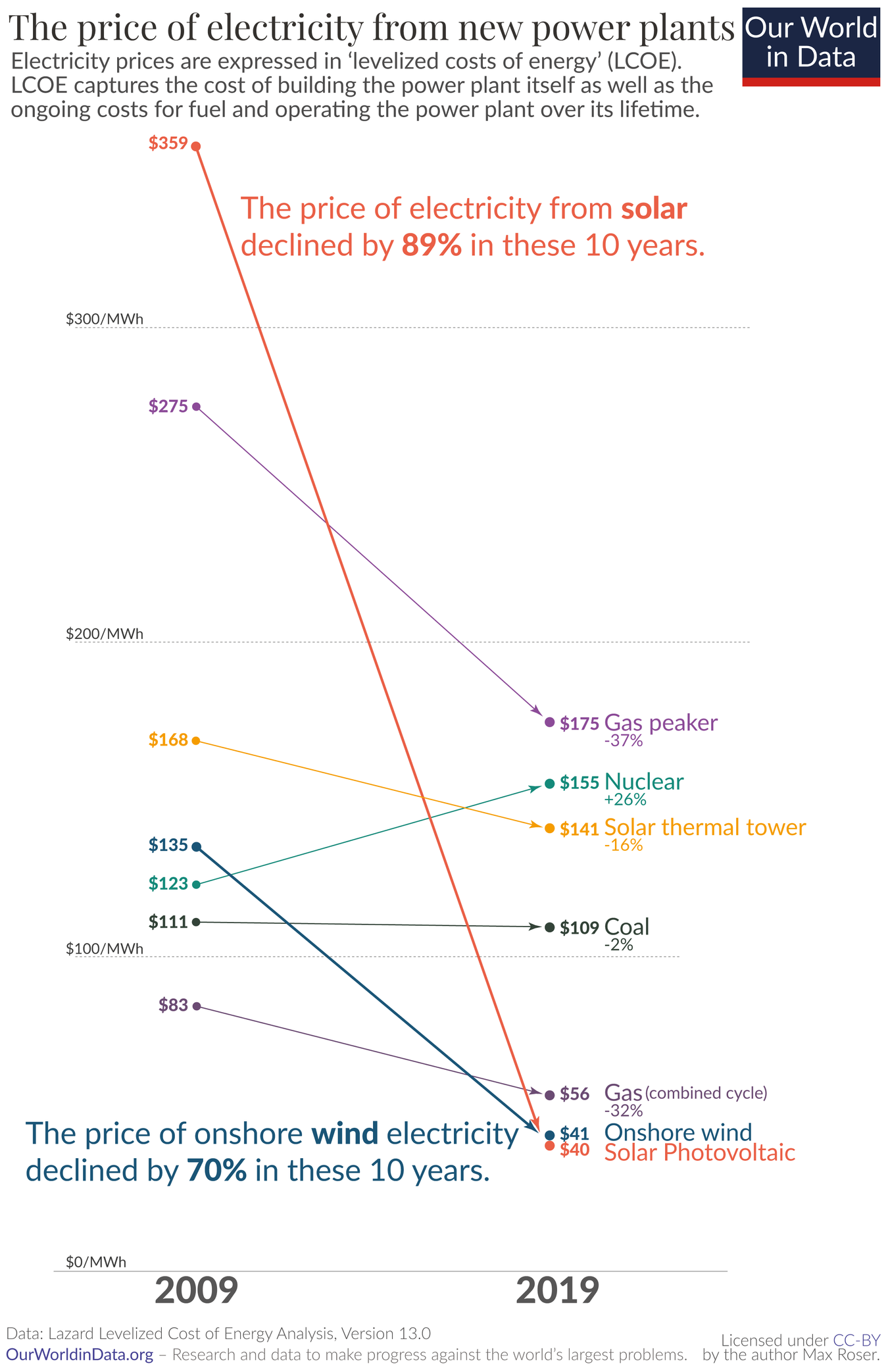Technology
This is the official technology community of Lemmy.ml for all news related to creation and use of technology, and to facilitate civil, meaningful discussion around it.
Ask in DM before posting product reviews or ads. All such posts otherwise are subject to removal.
Rules:
1: All Lemmy rules apply
2: Do not post low effort posts
3: NEVER post naziped*gore stuff
4: Always post article URLs or their archived version URLs as sources, NOT screenshots. Help the blind users.
5: personal rants of Big Tech CEOs like Elon Musk are unwelcome (does not include posts about their companies affecting wide range of people)
6: no advertisement posts unless verified as legitimate and non-exploitative/non-consumerist
7: crypto related posts, unless essential, are disallowed
view the rest of the comments

https://world-nuclear.org/information-library/current-and-future-generation/plans-for-new-reactors-worldwide.aspx
"Today there are about 440 nuclear power reactors operating in 32 countries plus Taiwan, with a combined capacity of about 390 GWe. In 2022 these provided 2545 TWh, about 10% of the world's electricity."
https://world-nuclear.org/information-library/safety-and-security/safety-of-plants/safety-of-nuclear-power-reactors.aspx
There have been two major reactor accidents in the history of civil nuclear power – Chernobyl and Fukushima Daiichi. Chernobyl involved an intense fire without provision for containment, and Fukushima Daiichi severely tested the containment, allowing some release of radioactivity.
Yes- a track record of one plant failing due to Soviet incompetence and political blunders; and the second failing due to checks notes a 9.0 magnitude almost direct earthquake and ensuing 133 ft tsunami.
the earthquake didn't even damage the plant, they thought of that. the tsunami knocked out the power lines and bad generator placement led to loss of power for cooling. build reactors to passively cool themselves (which should just be a mandatory safety feature on new reactors tbh, it's not a big ask and improves safety a lot) and fukushima type accidents become impossible. that plant was so old that the original operating license was going to expire a week after the quake and the only guy who died had a heart attack. fukushima-sized death tolls happen in the rooftop solar installation industry every year, totally unreported.